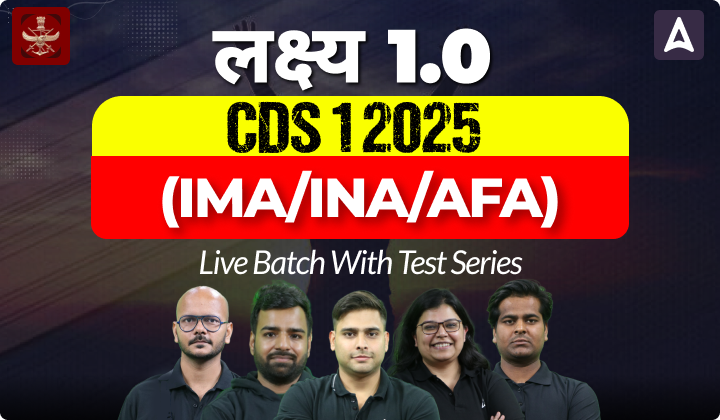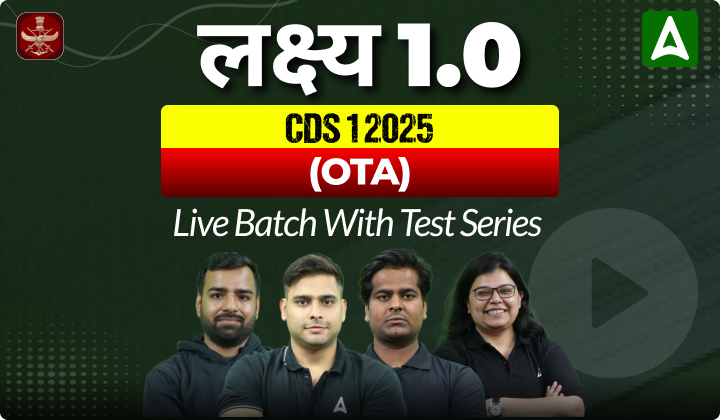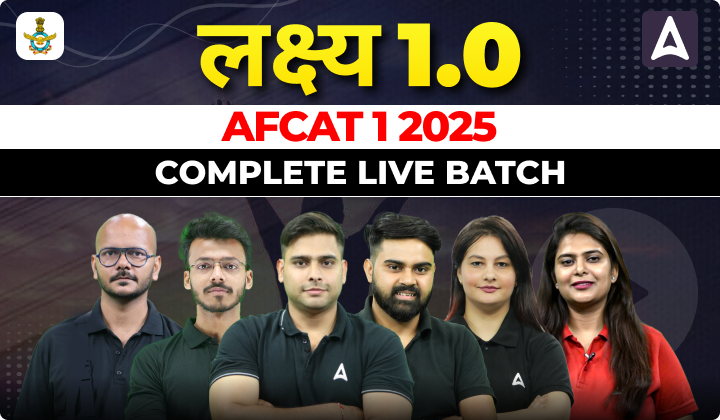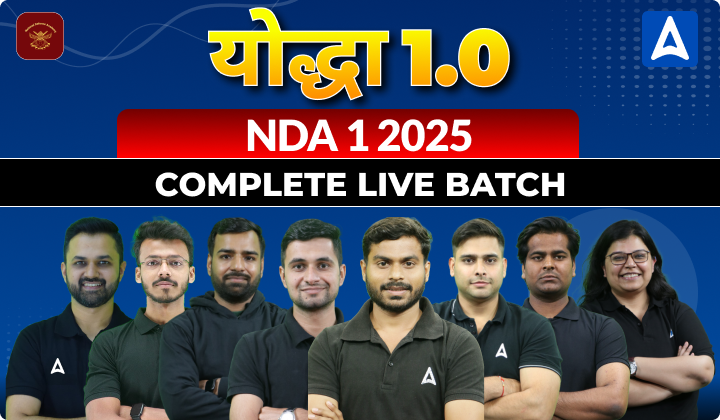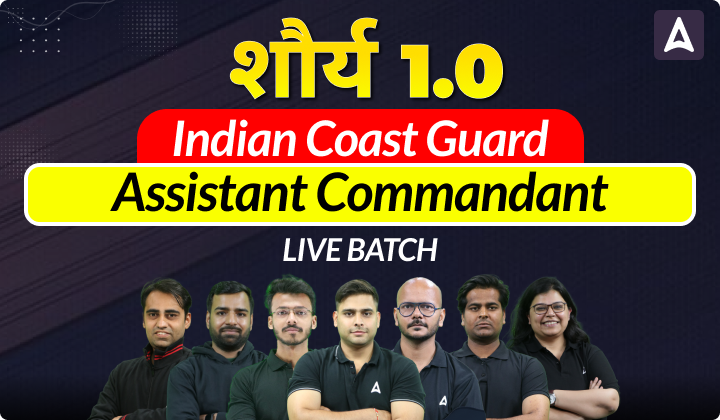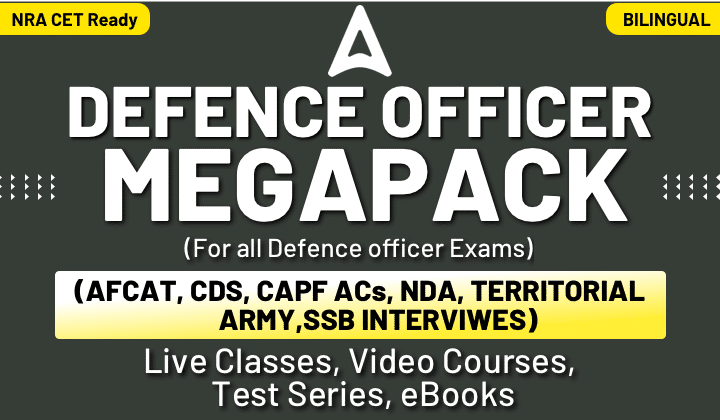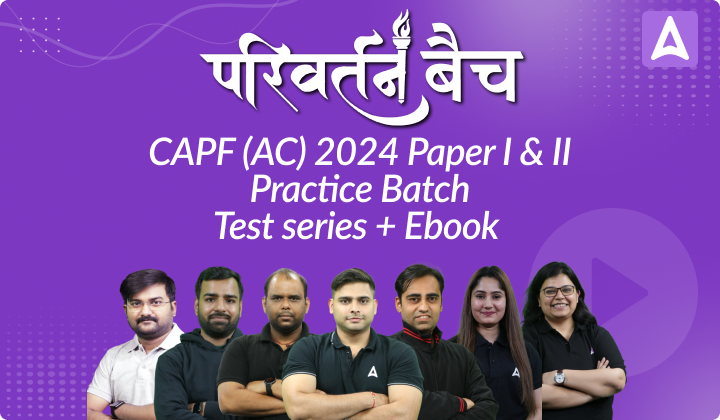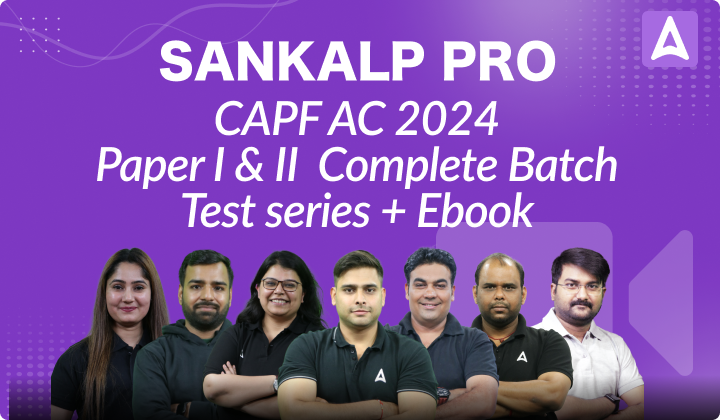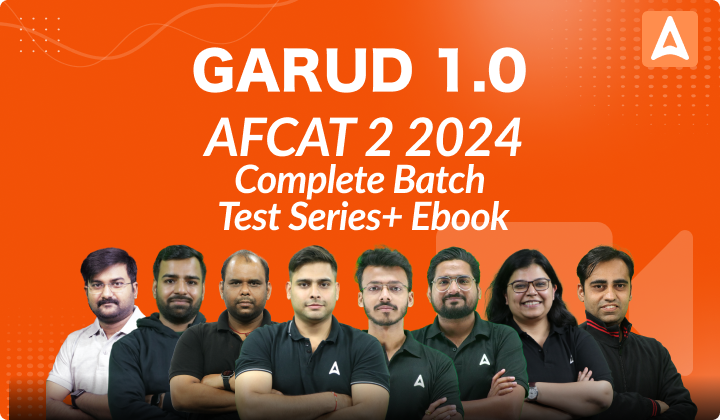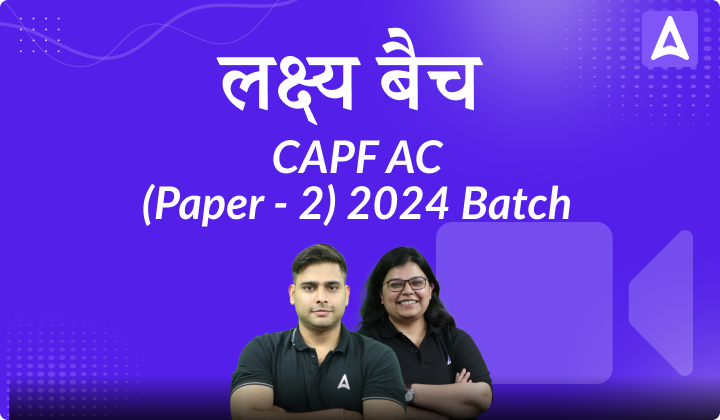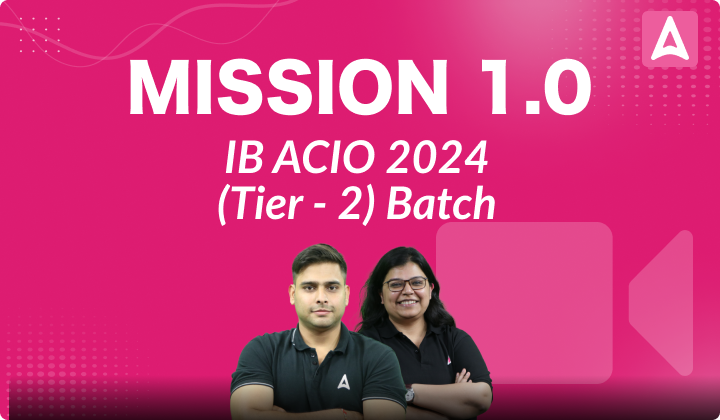AFCAT Exam is a gateway to the Fly High in the Sky. It Unlocks the opportunity for candidates to fulfill their dream of touching the Sky with Glory, and live a disciplined Life ,full of Pride and Dignity and to fly high by joining the Flying branch of the IAF. You are trained as a Fighter pilot or a Helicopter pilot or a Transport pilot and are part of various peace and wartime missions. The AFCAT Exam is a National Level Defence Exam through which Aspirants can join various branches of Indian Air Force. There are 6 Branches in the Indian Air Force, that are divided according to the needs and work in the IAF. In this Article, We are going to discuss about the Flying Branch in Indian Air Force.
AFCAT Flying Branch
Through AFCAT, Candidates can join the Flying Branch in the Indian Air Force. By joining the Flying Branch, A Candidate can join Indian Air Force as the Pilot. If Men and Women wants to become a Pilot in the IAF, They have to choose the Flying Branch as their Number one preference while filling the Form. After clearing the Written Test and AFSB Interview, candidates will be commissioned into the Short Service Commission for the period of 14 Years with no further extension.
Flying Branch Age Limit
According to the official Notification of the AFCAT, The minimum age limit for joining the Flying Branch is 20 years and the maximum age is 24 Years.
Candidates with the CPL ( Commercial Pilot License) gets a relaxation of two years. The Maximum age limit for CPL Holders to apply for AFCAT is 26 Years.
IAF Flying Branch Educational Qualification
Indian Air Force follows strict standards for eligibility and educational qualification criteria. It is mandatory to meet the Educational Qualification as per the established standards to not get rejected in the end moment. A Candidate should must have Physics and Maths in 12th Standard with 50% in each. In Addition to that, He/She should have Bachelors degree in any discipline.
| Essential Educational Qualification for Flying Branch |
| Passed 10+2 with a minimum of 50% marks each in Mathematics and Physics.
AND Graduated from a recognized university with at least 60% marks in any discipline, or obtained a BE/B Tech degree with at least 60% marks. |
| OR |
| Cleared Section A & B examinations of Associate Membership of Institution of Engineers (India) or Aeronautical Society of India from a recognized university with at least 60% marks. Final year students are eligible to apply if they: |
Both Men and Women can apply to join the Flying Branch. He/She should be Unmarries and citizen of India to be eligible to join Indian Air Force.
Final year students are eligible to apply only if they don’t have any present Back log and should have secured a minimum of 60% marks up to the last semester/ year at the time of AFSB testing and they produce provisional/ original degree issued by the University.
Types of Aircrafts in Indian Air Force
Indian Air Force operate Three types of Aircrafts. The fighter Jets, Transport Aircrafts and Helicopters. The type of aircraft a Pilot will be flying in the Indian Air Force is determined by the Indian Air Force based on the trainability and other factor of a candidate in the training period of the cadet.
Indian Air Force has Three Types of Pilots
- Fighter Pilot who operate on fighter Aircrafts like Rafale, Mig 21, Mig 29, Jaguar, Sukhoi Su- 30 MKI, AMCA
- Transport Aircraft Pilot are those who execute an aerial operation in Transport Aircrafts like C 130, C 17 Globemaster, C295, IL 76, IL 78, Averos.
- Helicopter Pilot operates an aircraft mission in the Helicopters. Helicopters are used in the Disaster Relief Missions. Indian Air Force has helicopters like Apache, Chinook, Prachand, Dhruv, Rudra, Cheetak, cheetah Etc.
What is PABT/CPSS in AFSB Interview?
PABT stands for Pilot Aptitude and Battery Test and CPSS stands for Computerized Pilot Selection System. Candidates who apply for Flying Branch have to give PABT/CPSS after getting recommended in the AFSB Interview. It is once in a lifetime Exam, Candidates who appear for the PABT are not allowed to appear in the PABT Exam Again. If you fail this Test, you can not appear for this exam again and become a pilot in the Indian Air Force. A Candidates has to Clear the PABT in his/her first Attempt to get become Pilot in the Indian Air Force. Here is some tips for Aspirants to help them clear the PABT/ CPSS:-
- Understand the Tests: Both PABT and CPSS assess various cognitive and psychomotor abilities essential for flying. PABT traditionally tests your ability to handle aircraft controls, while CPSS is a more modern computerized version with similar objectives.
- Physical and Mental Preparation: Prepare physically by ensuring you are fit and healthy. Mental preparation involves practicing concentration and stress management techniques, as these tests can be mentally demanding.
- Practice Flying Skills: If possible, practice basic flying skills on flight simulators or similar setups. This can help familiarize you with aircraft controls and enhance your coordination.
- Speed and Accuracy: These tests often emphasize speed and accuracy in decision-making and motor responses. Practice tasks that require quick thinking and precise execution.
- Stay Calm Under Pressure: During the tests, maintain composure and focus. Stress management techniques such as deep breathing can help you stay relaxed and perform better.
- Follow Instructions: Pay close attention to instructions given by the assessors. Understand the tasks clearly before attempting them to avoid unnecessary mistakes.
- Problem-Solving Skills: These tests may include scenarios that require problem-solving abilities. Practice puzzles, games, or exercises that enhance your logical thinking and spatial awareness.
- Mock Tests: If possible, participate in mock PABT or CPSS sessions. These simulations can give you a feel for the actual tests and help reduce anxiety on the test day.
- Review Feedback: If you’ve previously attempted these tests and received feedback, incorporate it into your preparation. Address areas of improvement to enhance your performance.
- Stay Motivated: The process can be challenging, but maintaining a positive attitude and staying motivated throughout your preparation can significantly improve your chances of success.
IAF Flying Branch Pilot Salary
A Pilot is commissioned on the rank of Flying Officer in the Indian Air Force. The Salary structure of a pilot is similar to that of flying officer in other branches. In Addition to that, A Pilot gets Allowances and other perks also.
| Rank | Level | (Pay in Rs.) |
| Flying Officer | Level 10 | 56,100 – 1,77,500 |
| Flight Lieutenant | Level 10 B | 6,13,00-1,93,900 |
| Squadron Leader | Level 11 | 6,94,00 – 2,07,200 |
| Wing Commander | Level 12A | 1,21,200 – 2,12400 |
| Group Captain | Level 13 | 1,30,600-2, 15,900 |
| Air Commodore | Level 13A | 1,39,600-2,17,600 |
| Air Vice Marshal | Level 14 | 1,44,200-2,18,200 |
| Air Marshal HAG Scale | Level 15 | 1, 82, 200-2,24,100 |
| HAG + Scale | Level 16 | 2,05,400 – 2,24,400 |
| VACS/Airforce Cdr / Air Marshal (NFSG) | Level 17 | 2,25,000/-(fixed) |
| CAS | Level 18 | 2,50,000/-(fixed) |
- Flying Allowance @ Rs 11250 PM to Flying Branch Officers.
- Technical Allowance @ Rs 2500 PM to Technical Branch Officers

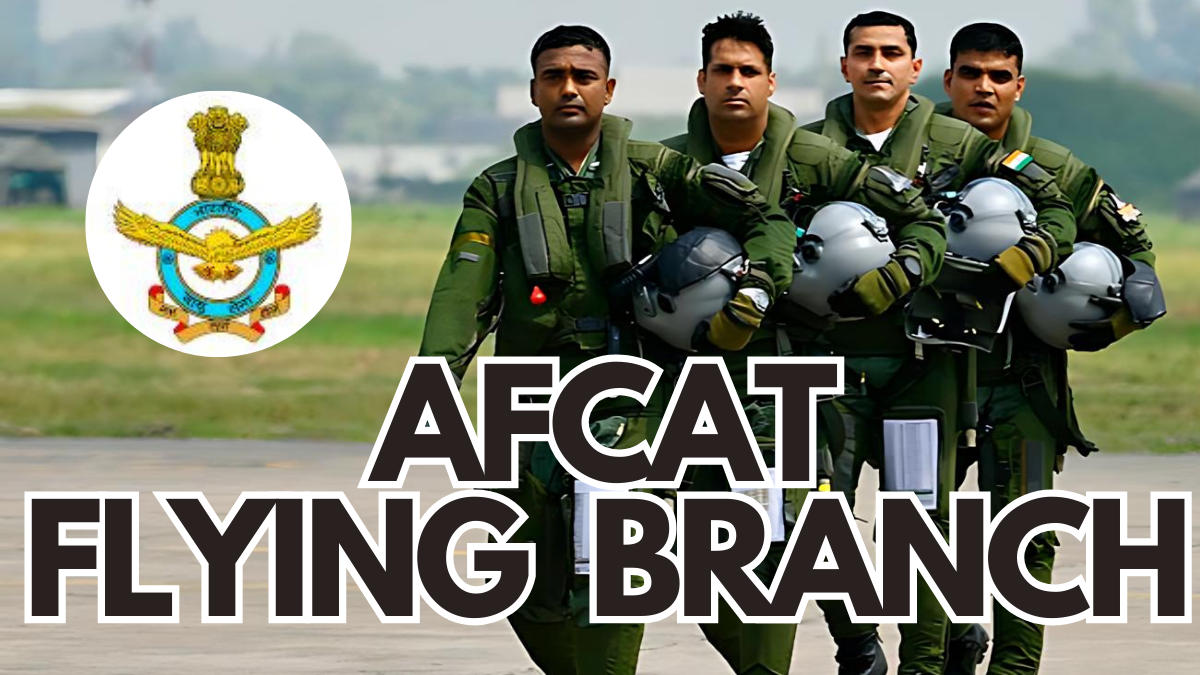
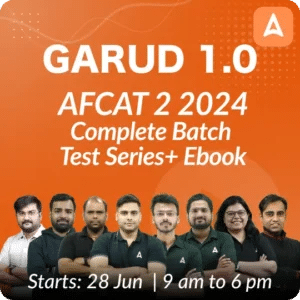

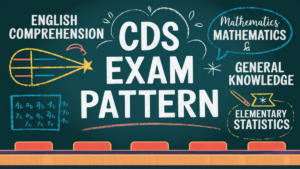 CDS Exam Pattern 2025, OTA, IMA, INA and...
CDS Exam Pattern 2025, OTA, IMA, INA and...
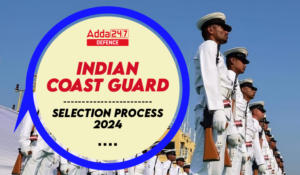 Indian Coast Guard Navik Selection Proce...
Indian Coast Guard Navik Selection Proce...
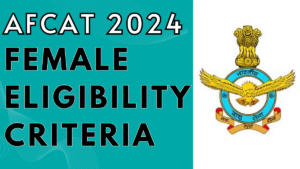 AFCAT Females Eligibility Criteria, Know...
AFCAT Females Eligibility Criteria, Know...

